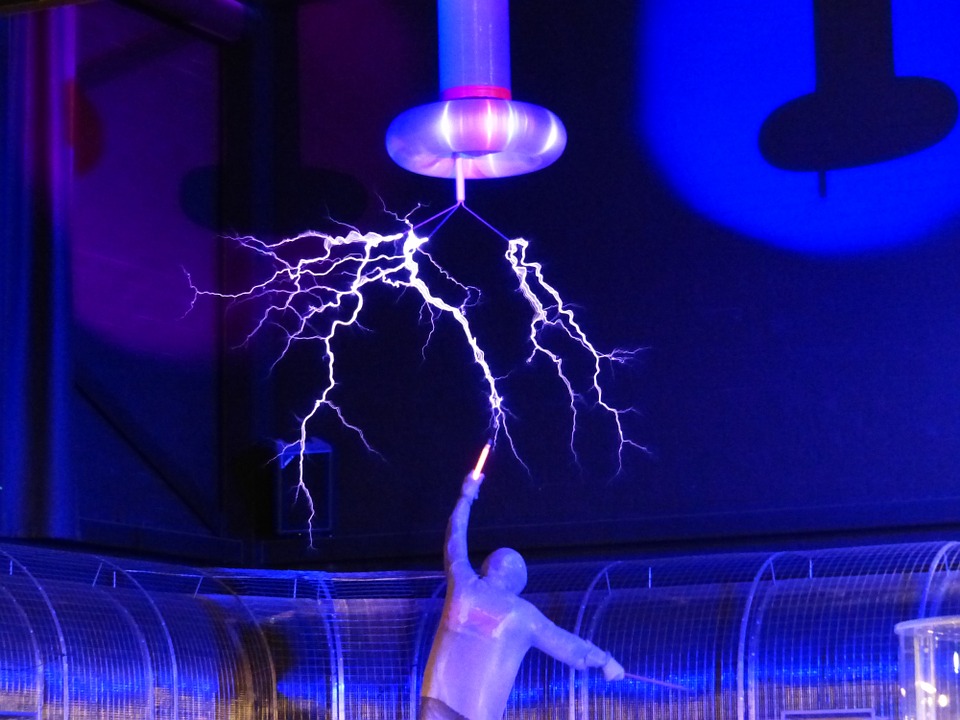Different types of non-linear phenomena on the basis of wave and particle interactions in a medium of propagation due to energy transfer between wave to wave, wave to particle or particle to wave are well known. Physics is a science of paradoxes and recent discovery of “Ballistic resonance” is a new physical paradox discovered by Russian Scientists. A physical paradox is an apparent contradiction in physical descriptions of the universe.
While many physical paradoxes have accepted resolutions, others defy resolution and may indicate flaws in theory. In physics as in all of science, contradictions and paradoxes are generally assumed to be artifacts of error and incompleteness because reality is assumed to be completely consistent, although this is itself a philosophical assumption. When, as in fields such as quantum physics and relativity theory, existing assumptions about reality have been shown to break down, this has usually been dealt with by changing our understanding of reality to a new one which remains self-consistent in the presence of the new evidence.
Scientists considered the simplest model of oscillations of a chain of particles connected by springs. They assumed that the mechanical movement would gradually fade away, turning into chaotic thermal oscillations. Still, the result was unexpected: the oscillations in the chain first almost decayed, but then revived and reached nearly the initial level. The system came to its initial state, and the cycle repeated itself. The causes of mechanical oscillations from thermal vibrations in the considered system have been the subject of scientific research and disputes for decades. The Fermi-Pasta-Ulam (FPU) problem bears the name of the three scientists who were looking for a theoretical physics problem suitable for an investigation with one of the very first computers and decided to study the thermalization process of a solid. The FPU problem marked the beginning of nonlinear physics and is of central importance in the theories of solitons and chaos. The original idea, proposed by Enrico Fermi, was to simulate the one-dimensional analogue of atoms in a crystal: a long chain of particles linked by springs that obey Hooke’s law (a linear interaction), but with a weak nonlinear correction (quadratic for the FPU-α model or cubic for the FPU-β model). A purely linear law for the springs guarantees that energy given to a single 'normal' mode always remains in that mode.
Then, Enrico Fermi, John Pasta, Stanislaw Ulam, and Mary Tsingou (FPUT) conducted computer simulations of a vibrating string that included a non-linear term (quadratic in one test, cubic in another, and a piecewise linear approximation to a cubic in a third). They found that the behavior of the system was quite different from what intuition would have led them to expect. Fermi thought that after many iterations, the system would exhibit thermalization, an ergodic behavior (ergodicity is a property of a discrete or continuous dynamical system which expresses a form of irreducibility of the system, from a measure-theoretic viewpoint) in which the influence of the initial modes of vibration fade and the system becomes more or less random with all modes excited more or less equally. Instead, the system exhibited a very complicated quasi-periodic behavior. The FPUT experiment was important both in showing the complexity of nonlinear system behavior and the value of computer simulation in analyzing systems.
Researchers from Peter the Great St. Petersburg Polytechnic University discovered and theoretically explained a new physical effect that amplitude of mechanical vibrations can grow without external influence. Additionally, the scientific group also offered their explanation on how to eliminate the FPUT paradox. The scientists explained it using a simple example to rock the swing we have to keep pushing it and generally believed that it is impossible to achieve oscillatory resonance without constant external influence. However, the scientific group discovered a new physical phenomenon of “ballistic resonance,” where mechanical oscillations can be excited only due to internal thermal resources of the system. Over the past few years, scientists have been looking into the mechanisms of heat propagation at the micro and nano levels. The experimental work of researchers from all around the world demonstrated, that the heat spreads at abnormally high speeds at nano and micro levels in ultrapure crystalline materials. This phenomenon was called ballistic heat conductivity. The scientific group derived the equations describing this phenomenon and made significant progress in the overall understanding of thermal processes at the micro-level. In the study researchers considered the system behavior at the initial periodic distribution of temperature in the crystal material. The discovered phenomenon describes that the process of heat equilibration leads to mechanical vibrations with an amplitude that grows with time. The effect is called ballistic resonance.
The amplitude of mechanical vibrations caused by ballistic resonance doesn’t increase infinitely, but reaches its maximum, after that it starts gradually decreasing to zero. Eventually, the mechanical oscillations fade completely, and the temperature equilibrates in the whole crystal. Usually, it is not taken into account that in the real materials, there is a thermal motion, along with the mechanical one, and the energy of thermal motion is several orders of magnitude higher. Scientists recreated these conditions in a computer experiment and showed that it is the thermal motion that damps the mechanical wave and prevents the revival of oscillations. Scientists found out that at micro and nano levels, the heat doesn’t spread in the way it is expected to do, e.g., the heat can flow from cold to hot. This behavior of nano-systems leads to new physical effects, such as ballistic resonance. In the future, the researhers plan to analyze how this can be used in such promising materials as, for example, graphene. The theoretical advance proposed by scientists demonstrates a new approach to how we understand the heat and temperature which may be fundamental in the development of nanoelectronic devices in the future.
